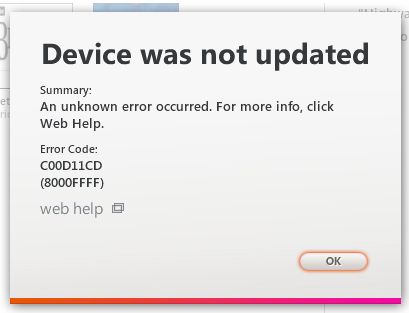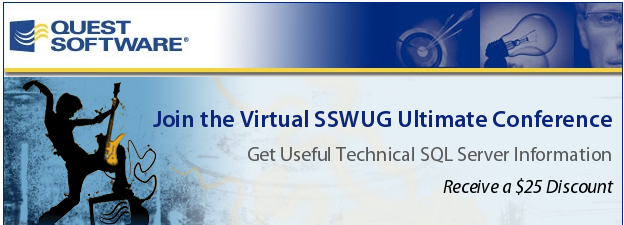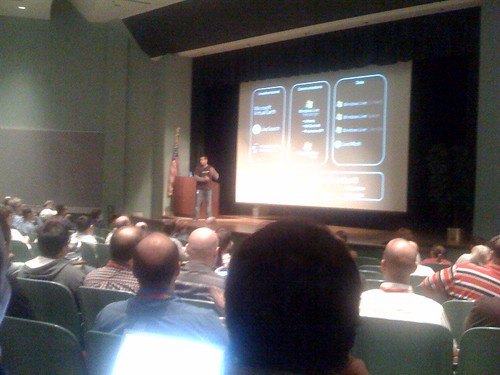I bought a Microsoft Zune 8 to test the new SQLServerPedia video podcasts and the user experience was so unpolished, so unprofessional that I just had to bang out a blog about it. Looking at the iPod Nano next to the Zune 8, I could never understand why somebody would buy the Zune 8. Now having used both of them, it makes even less sense.
Forget the bulky size of the device. Forget the user interface. Check out the software. Brand new Zune fresh out of the box, brand new install of the Zune software, connect them together and:
Kablammo. Okay, okay, no problem, I’ll reboot. I know how this stuff works.
After a reboot and some black magic, I got it installed. Great, now I’ll log in. The window tells me to put in my user name and my password, so I do that, and:
Wait – the error says you want my email address, not the user name I just set up. Fix your login screen. And hey, while you’re at it, can you get rid of all the empty space across the bottom? It looks like I bought the stripper version with no options, and I’m missing a bunch of option boxes or something. Or maybe you’re being “artsy”. Whatever.
Poor decisions on screen space abound throughout the program. Check out this screenshot:
Big huge window, tons of white space, and they choose to cram the message into a tiny messagebox in the middle of the screen and put a scroll bar on it. Why do I need to scroll through a message when you have all this white space all over the screen? You think I want to concentrate on the white space? Is the message that bad that you don’t want me to see it?
Now let’s test those podcasts. I set up the Zune one-click subscription link (rather spiffy), subscribe to the podcasts and watch the downloads start. Nice download progress bars – or are they?
Both progress bars are gradients, and they don’t change as the download changes? The 27% bar and the 10% bar look exactly the same. I’m not sure what you call the opposite of a progress bar, but that’s what this is.
I was going to keep this thing after I tested our podcasts because I really wanted to give it a shot, but every time I interact with it, it makes my blood pressure rise. I can EXPENSE this thing as a part of my job, and I STILL won’t keep it – it’s going back to the store tomorrow.
During the several times I had to reboot to get it to work, I ran across an absurdly in-depth review of the Zune 8 versus the iPod Nano. Read that, and you’ll get a good idea of what a train wreck this thing is.
















